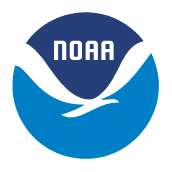Who We Are
The Assimilation and Verification Innovation Division (AVID) develops and improves analyses and forecasts for high resolution models and applications through innovative data assimilation and verification techniques.
AVID aligns with the GSL Strategic Plan Goal 2: Develop state-of-the-art Earth-system prediction capabilities
Areas of Research
- Advance data assimilation techniques to support precision forecasting.
- Advance verification techniques and exploration of new observation datasets.




